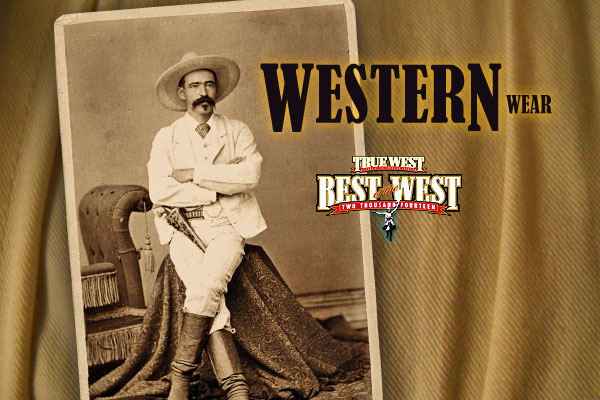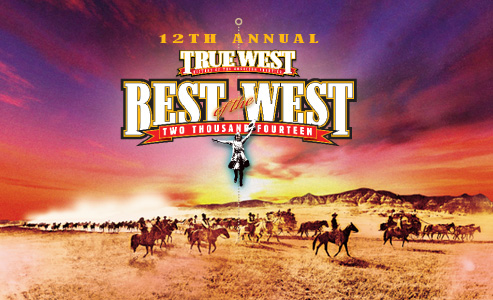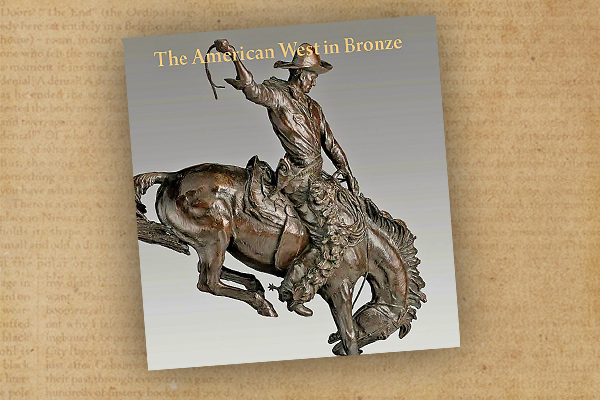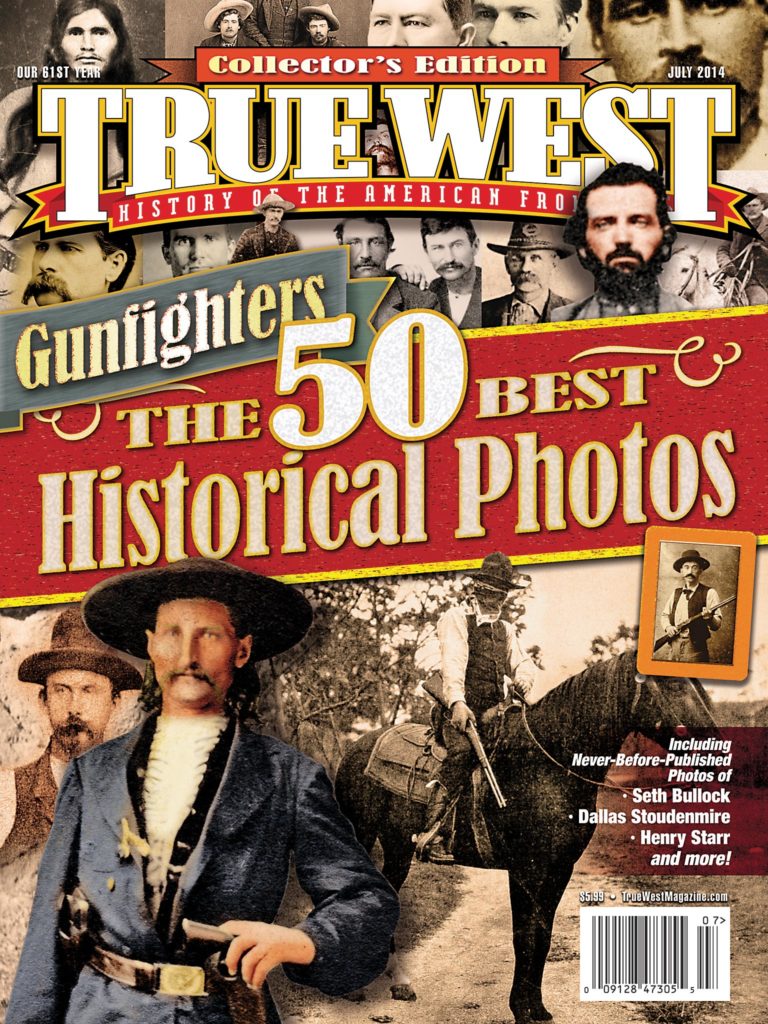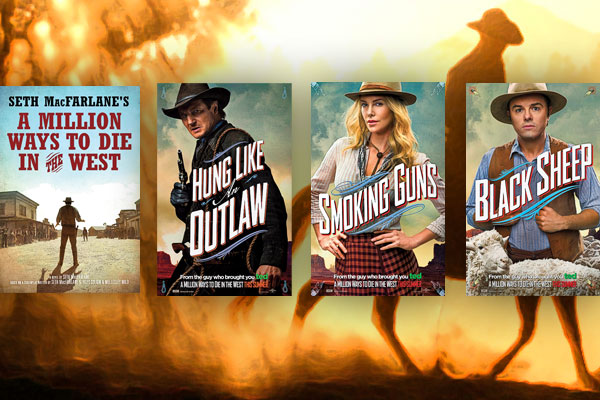 When a trailer is posted on the Internet, keeping track of the views and “shares” is the perfect way for studios to judge which films will hit…or miss. Godzilla? No question. But another trailer has taken the web by storm; incredibly, it’s a Comedy Western.
When a trailer is posted on the Internet, keeping track of the views and “shares” is the perfect way for studios to judge which films will hit…or miss. Godzilla? No question. But another trailer has taken the web by storm; incredibly, it’s a Comedy Western.
This formula was a staple in the movies, even in Buster Keaton’s 1927 masterpiece The General, but times have changed; any type of Western is a rare thing these days. Director Seth MacFarlane’s A Million Ways to Die in the West, out on May 30, already has film executives frothing at the mouth about its potential.
What makes parody work is letting the audience in on the joke. MacFarlane knows this well, using the old chestnut about the coward who must challenge the toughest, meanest hombre around, all to impress a woman—he hopes.
In A Million Ways to Die in the West, set in 1882 Arizona, the hombre is played by Liam Neeson. MacFarlane’s sheepman plans to go up against him, to save his town and win back Amanda Seyfried’s gold digger character. But MacFarlane can’t shoot, so Charlize Theron’s gunfighter character has to teach him. Sarah Silverman plays the town’s sweet shady lady, and Neil Patrick Harris plays a mustache-twirling slickster.
MacFarlane clearly understands the films that have come before, and he wants A Million Ways to Die in the West to stand beside them. No easy task, considering the genre’s history.
As sound came in, Westerns were a staple of every movie company. Gower Gulch quickies were eaten up by audiences who loved every clichéd story—the perfect foundation for Comedy. Filmmakers weren’t shy about poking fun at the army of fearless, stalwart cowboys.
Laurel and Hardy enjoyed one of their greatest successes with 1937’s Way Out West, with the boys getting mixed up in a fight for a gold mine. Naturally, Stan and Ollie drive the sheriff crazy, and they outwit the baddies without even realizing it.
This structure became the template: the comedians were the tenderfeet, caught in the middle of a feud or range war or robbery, who ultimately defeated the villains in their own crazy way, usually winning a girl in the process.
James Stewart’s shy lawman stuttered more than he shot in Universal’s 1939 Western Destry Rides Again. The authentic threat from Brian Donlevy’s badman added suspense to the ending, although we knew Stewart’s character would be victorious.
The beloved wastrel played by W.C. Field in 1940’s My Little Chickadee went nose-to-nose with Mae West’s character, creating havoc for her and the bad guys, and scoring an enormous hit. Universal longed to team Fields
and West again, but he refused, “even under torture.”
In 1940, Jack Benny lashed himself into the saddle for Buck Benny Rides Again, playing a fussy radio comedian at a dude ranch, tormented by arch-enemy Fred Allen and helpless without Rochester (Eddie Anderson). Benny loved to dismiss his movie work, but the film is terrific.
The Marx Brothers took their turn in 1940’s Go West, helping John Carroll’s cowboy reclaim his land, fight baddies and scoop up the cowgirl of his dreams. Clichéd stuff, but the Marx madness blows the plot formula to smithereens.
Oscar-nominated William Bowers deserves all the credit for writing Abbot and Costello’s best Western parody, 1947’s The Wistful Widow of Wagon Gap. Bowers meant the story for Stewart, as a drifter who accidentally kills an outlaw in a gunfight and inherits his crazy wife and brood of kids. Universal liked it better with Abbott and Costello.
Bowers continued his Comedy Westerns with the great Bob Hope vehicle, 1959’s Alias Jesse James. Hope plays an insurance salesman who sells a policy to Jesse James and must go west to buy back the policy. A shoot-out ending includes cameos by James Arness and Bing Crosby.
Hope did well out west, with both 1948’s The Paleface and 1952’s Son of Paleface among his most popular films. Always running scared, Hope, facing down with black hats or rampaging Indians, was a terrifying delight for audiences. The Paleface won an Academy Award for its signature song, “Buttons and Bows,” while Frank Tashlin’s wild sequel was notable for Roy Rogers and Trigger riding along with Hope.
Some have argued John Wayne’s comic masterpiece was his Rooster Cogburn, but Wayne, who could ham it up with the best of them (see 1963’s McLintock!), never allowed a Western to become a full-out comedy, as Kirk Douglas did in 1979’s The Villain.
The best, most cheerfully cynical Western Comedy ever is Cat Ballou. In the 1965 battle-of-the-sexes Musical, Cat (Jane Fonda) clashes with an outlaw (Lee Marvin), who she takes on with the help of his drunken twin brother (Marvin). This hard-riding film is both high comedy and gloriously low-brow, thanks to Marvin’s Oscar-winning performance.
Through the 1960s-70s, you got oddities such as Frank Sinatra in Dirty Dingus Magee or shaggy pups like Sam Peckinpah’s The Ballad of Cable Hogue. The Westerns that found an audience were Disney’s “Apple Dumpling Gang” series, but those were aimed at the kids.
What about a full-on, R-rated parody, with absurd puns, dance numbers, hip humor, outrageously offensive dialogue and wild characters, in bizarre, almost surreal, situations?
Enter Mel Brooks and 1974’s Blazing Saddles. From its origin as an Andrew Bergman story to the script that Brooks wrote with the help of Richard Pryor, Blazing Saddles was destined to make an impact or flop without a trace. The “movie with something to offend everyone” became one of the most financially successful Westerns ever, influencing movie comedy from its release to today. The fact that it was about Black Bart? So much the better.
A Million Ways to Die in the West has an enormous posse behind it—comic geniuses who are putting a new spin on the Western. But the box office will determine if MacFarlane’s movie can fill the giant comedic boots that have come before.
C. Courtney Joyner is a screenwriter and director with more than 25 produced movies to his credit. He is the author of The Westerners: Interviews with Actors, Directors and Writers.


